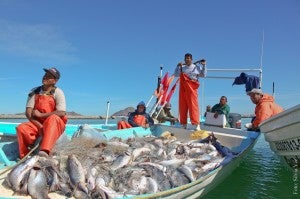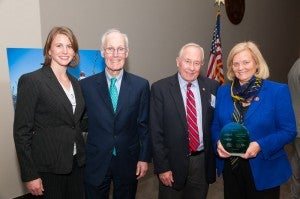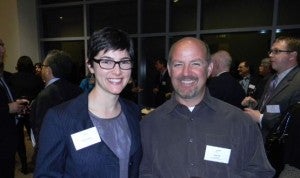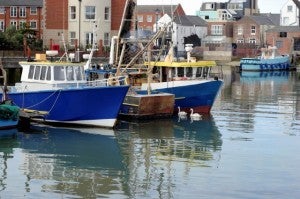For many years the short, six week commercial Corvina fishing season in the Upper Gulf of California was marked by a frenzied race to fish, with as many as 600 boats in the water at the same time. Beginning in late February, and aligned with moon cycles, this species gathers in the Colorado River delta to spawn, a yearly ritual eagerly awaited by the local fishermen. And so every year, with so much fish to be had, and so many fishermen, thousands of tons would hit the market simultaneously. This drove the price down and resulted in even more fishing effort, which would even further depress prices – to values below that of a recycled plastic bottle. It was a vicious cycle that has become all too familiar in fisheries in Latin America and around the world. Scientists have long advised that, if unchecked, this way of fishing could lead to the complete collapse of Corvina, having dire consequences for a region with very limited economic alternatives. It is estimated that Corvina represents as much as 60% of all fish sold in Mexico City during this time of year, coinciding with Lent, when seafood consumption is highest.
Three years ago EDF, fishermen, and critical partners like Noroeste Sustentable (NOS), the Academy for Systemic Change, and the state and federal governments, set out to bring catch share management to this fishery to give fishermen and others a stake in its biological and economic success. Read More















